Caring for your teeth while undergoing orthodontic treatment can be challenging. Working around the braces is very important to prevent decay and gum irritation. Thus, proper technique is critical to reduce the risk of damaging your braces. Without proper oral care, your braces can create white spots around your brackets, ruining the appearance of your teeth. Here is your definitive guide to cleaning teeth with braces to improve your treatment results, while maintaining healthy teeth and gums.
Choose The Right Toothbrush
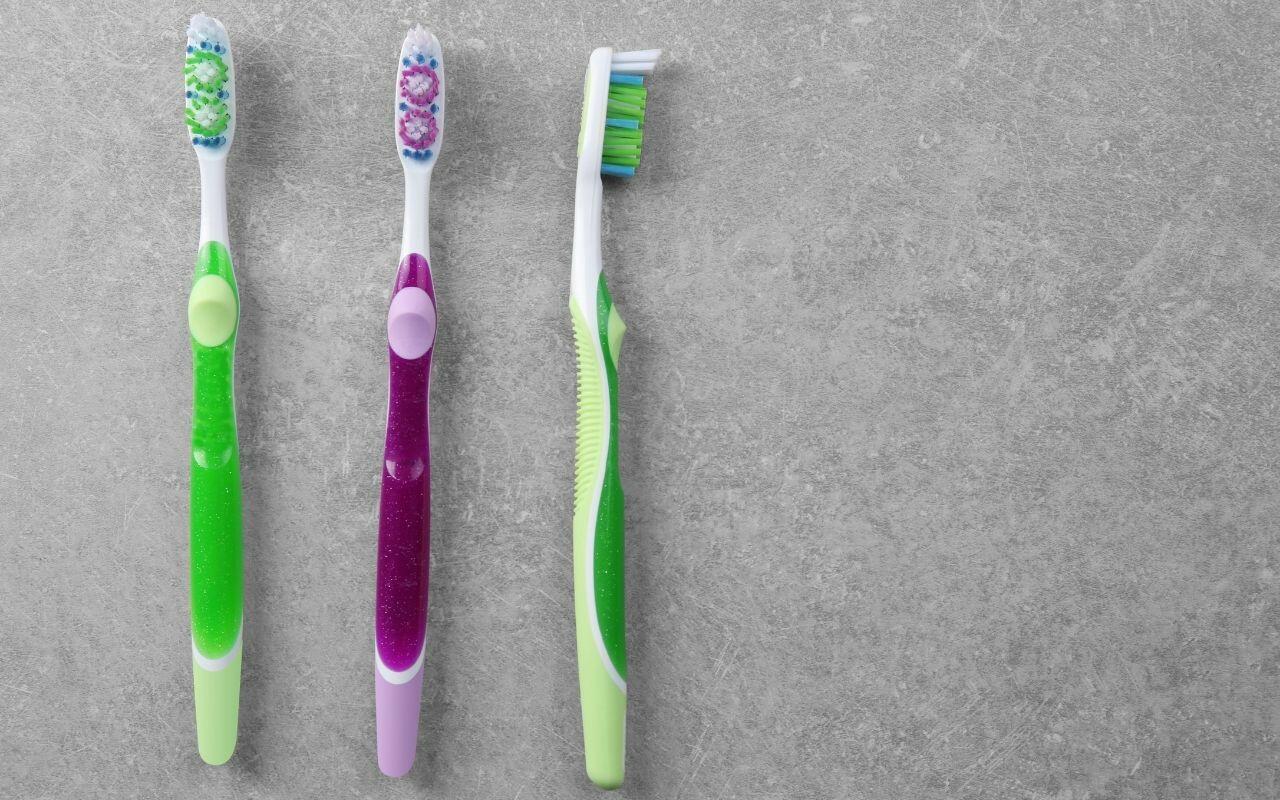
The metal wires can cause faster wear on your toothbrush. Therefore you should invest in a high-quality brush that will provide proper brushing, and also last longer. There are special toothbrushes designed to work around your brackets more effectively, using a V shape so the middle bristles are lower than the outer ones. Another good choice is an electric toothbrush as it is better at getting between the wires and brackets. Speak to your dentist about the best options for your needs to make sure you are following the best possible oral care regime.
How To Clean Teeth With Braces
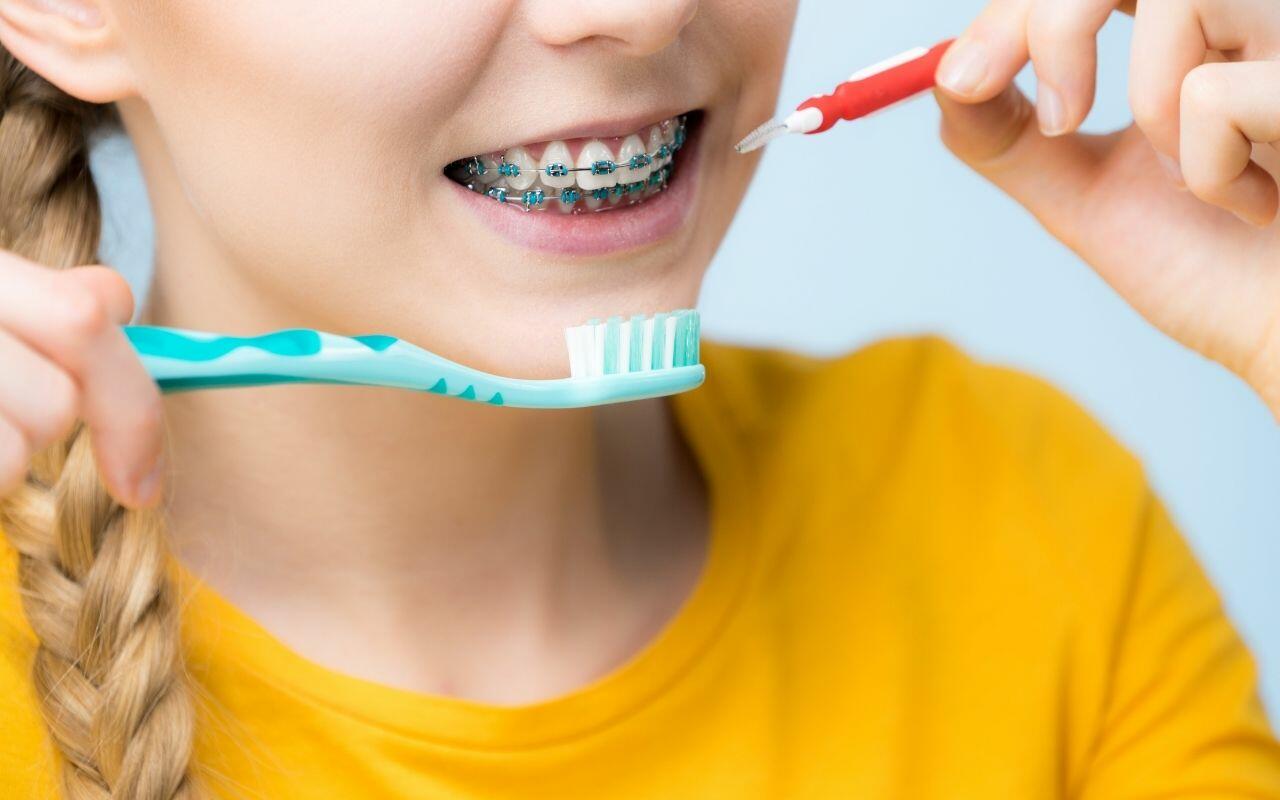
When you have braces it is best to adjust your brushing technique to accommodate them. When cleaning teeth with braces, always rinse your mouth before you brush. This will help clear away anything sticking to the braces. Swish the water for at least 30 seconds and then spit the water out. Next, rinse your toothbrush to make sure there isn’t debris left behind that can get stuck on your braces. Then follow these steps:
- Brush each section of your mouth by “quadrant” in the order you prefer so you reach the back upper right, back upper left, front upper right and front upper left. Each section needs a good 30-second brushing for a total of 2 minutes for your entire mouth. Don’t forget the biting surfaces in each quadrant.
- Avoid brushing harder to make up for the brackets, and instead, brush with a gentler hand to avoid damaging your braces. You might consider investing in an electric toothbrush with a pressure sensor to avoid applying too much force.
- Hold the brush at a 45-degree angle from the gum line ensuring you are covering the brackets and each surface of your teeth, front and back. Brush downwards or upwards from the gum line. When brushing the surfaces you can use a circular motion.
- Once all your teeth surfaces are brushed, focus on the spaces in between the braces, inserting the toothbrush bristles and using a few brush strokes for each tooth. Electric toothbrushes should be turned off for this step.
- Rinse your mouth and toothbrush thoroughly to remove debris.
As mentioned, braces can be rough on your toothbrush. Therefore you’ll need to replace your toothbrush more often. Once the bristles appear to be spreading, it’s time for a replacement.
Don’t Forget To Floss
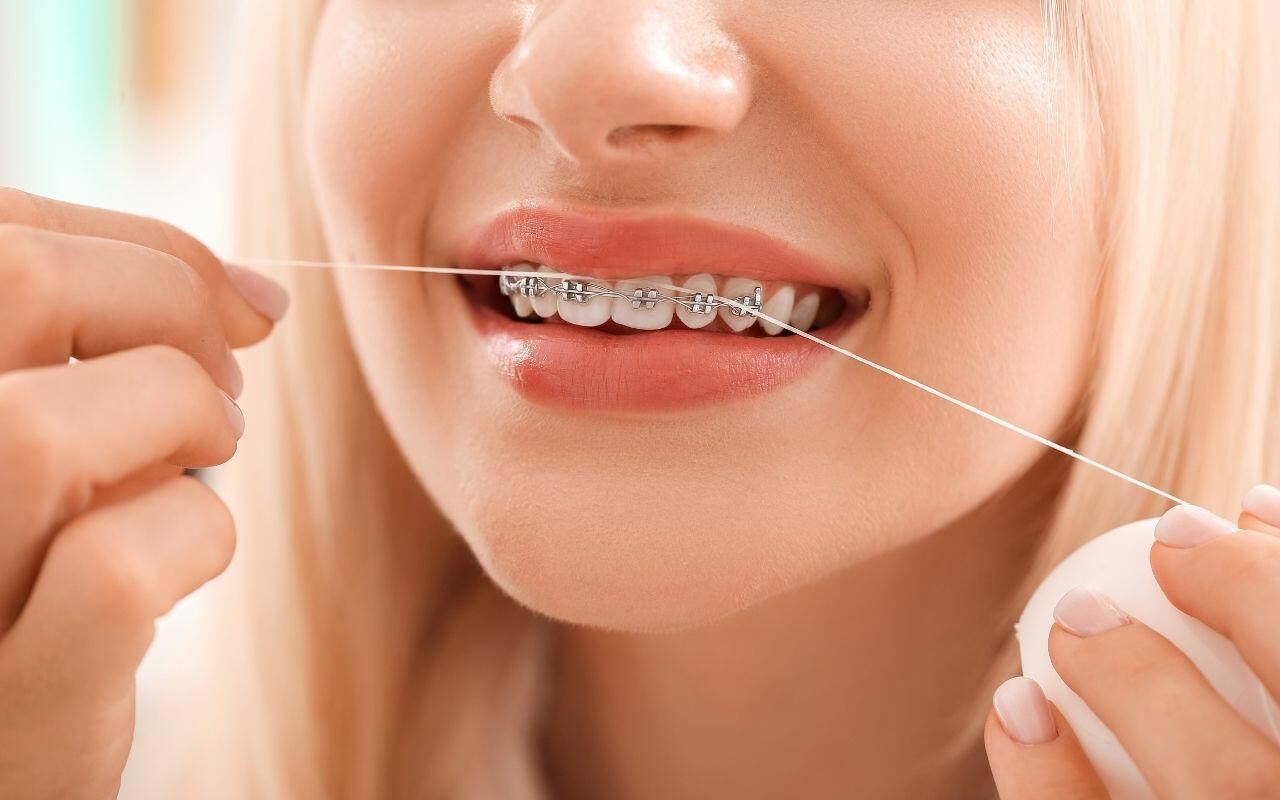
You will find it is harder to floss with your braces, but this shouldn’t be an excuse to stop flossing. Regular flossing is just as important as brushing your teeth when you have braces. A good tip is to use a much longer strand of floss, so you have better control. Thread the floss under or over the main wire so you can get between your teeth. Then keep a firm grip of the excess floss by wrapping it around your fingers.
Push the floss gently between your teeth using the same technique as always, going between the teeth to the gums using a scrubbing motion up and down. You’ll then have to pull the floss free from the wire. If this is too troublesome, speak to your dentist about possible tools that might make it easier including:
- Floss threaders
- Floss picks
- Water flossers
- Spiral dental brushes
There is always a solution that will ensure you can floss your teeth effectively.
Clean Your Tongue

Your tongue should be cleaned every time you brush whether you have braces or not. It is covered in bacteria just like your teeth, leading to bad breath and also contributing to risk for tooth decay. Most toothbrushes have a textured back designed to brush your tongue. It allows you to gently scrape off bacteria.
If your preferred toothbrush doesn’t have a scraper, you can purchase tongue cleaning tools. The back of your tongue is where bacteria like to hide, as it isn’t as effective as the top and front of your tongue at using saliva to clear bacteria away. To ensure you clean your tongue properly, follow these steps:
- Stick your tongue out as far as you can
- Apply the scraper to your tongue making sure you reach the entire surface
- Be careful when doing the back as if you go too far you can gag
- Scrape from back to front and rinse the cleaner with water after each scrape
- Repeat several times until you cover the full surface
- Rinse your mouth thoroughly, swishing for 30 seconds to remove any bacteria and debris
This should be done whenever you brush your teeth.
Gum Massage
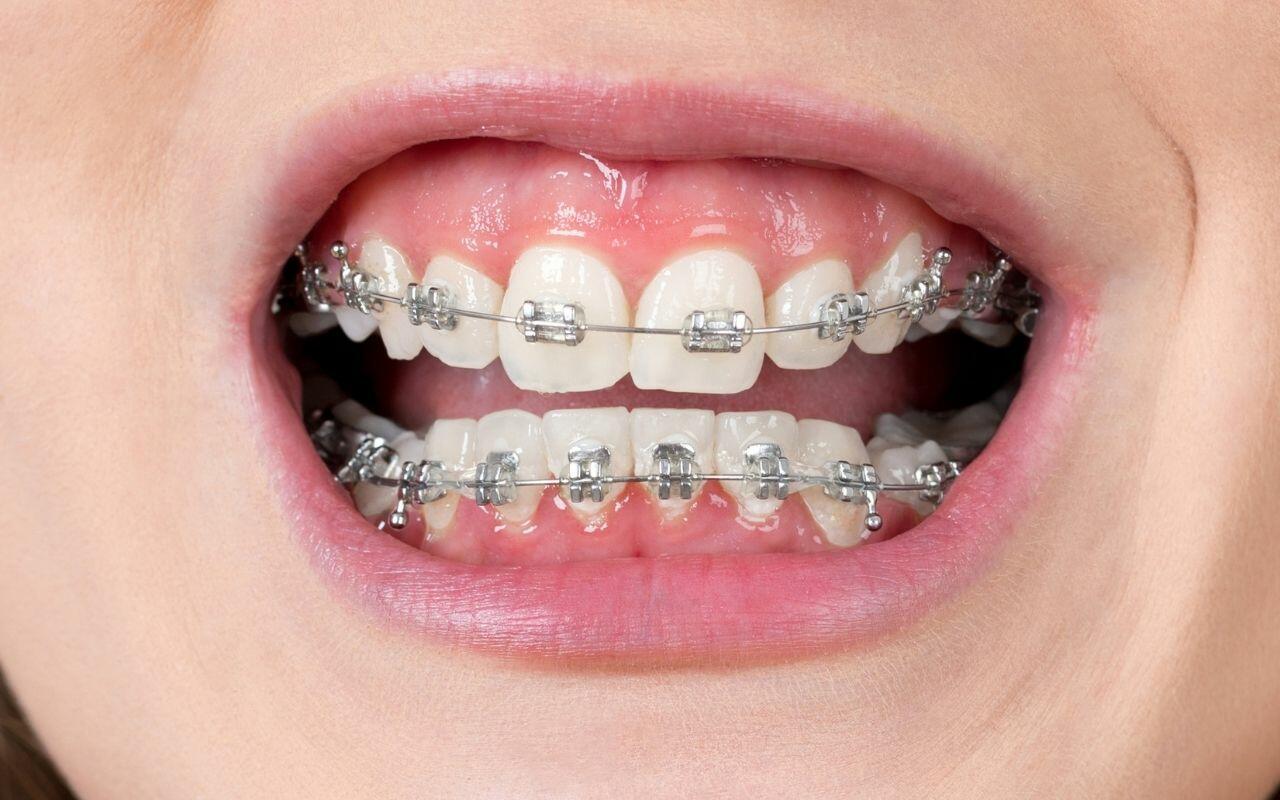
Gum massage can be quite pleasant while helping to stimulate your gums. Gum massagers have a soft rubber tip that can be placed at the gum line to gently massage the gums between your teeth. First, soften the tip under warm water and then place the tip between your teeth gently and massage your gums for several seconds. Keep in mind this doesn’t replace flossing as it focuses on the gums, not removing plaque from between your teeth. Rinse your mouth thoroughly once you’ve massaged your entire gum line top and bottom.
Brushing With Orthodontic Aligners
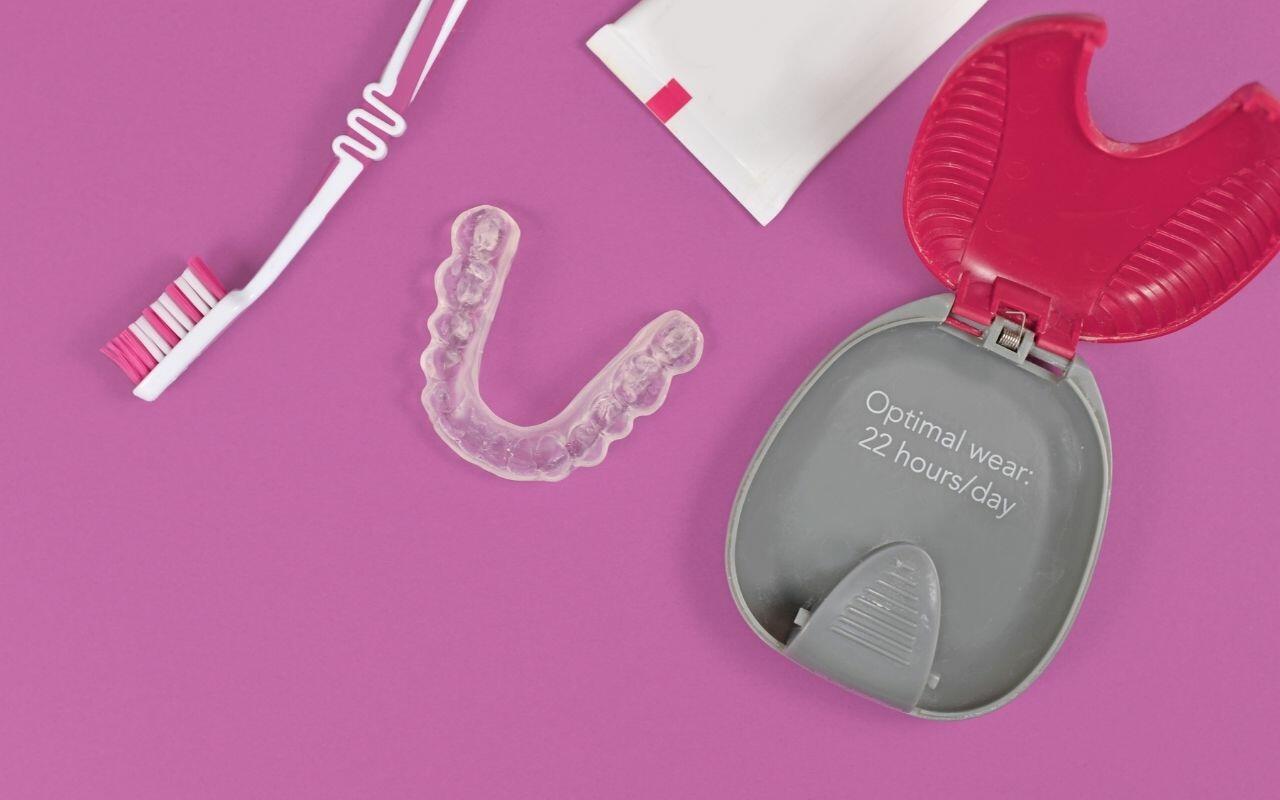
The beauty of aligner orthodontic treatments like Invisalign® is that you can remove the trays to brush and floss. This allows you to maintain your usual oral health regime. You also have no worries about damaging your braces or developing the white spots that can be caused by wire braces.
Call today to schedule an appointment at 905-775-5307 or click here to request an appointment.
